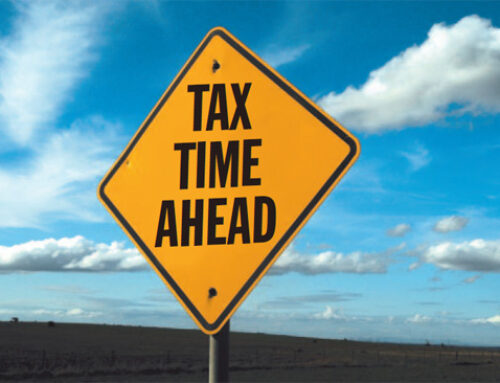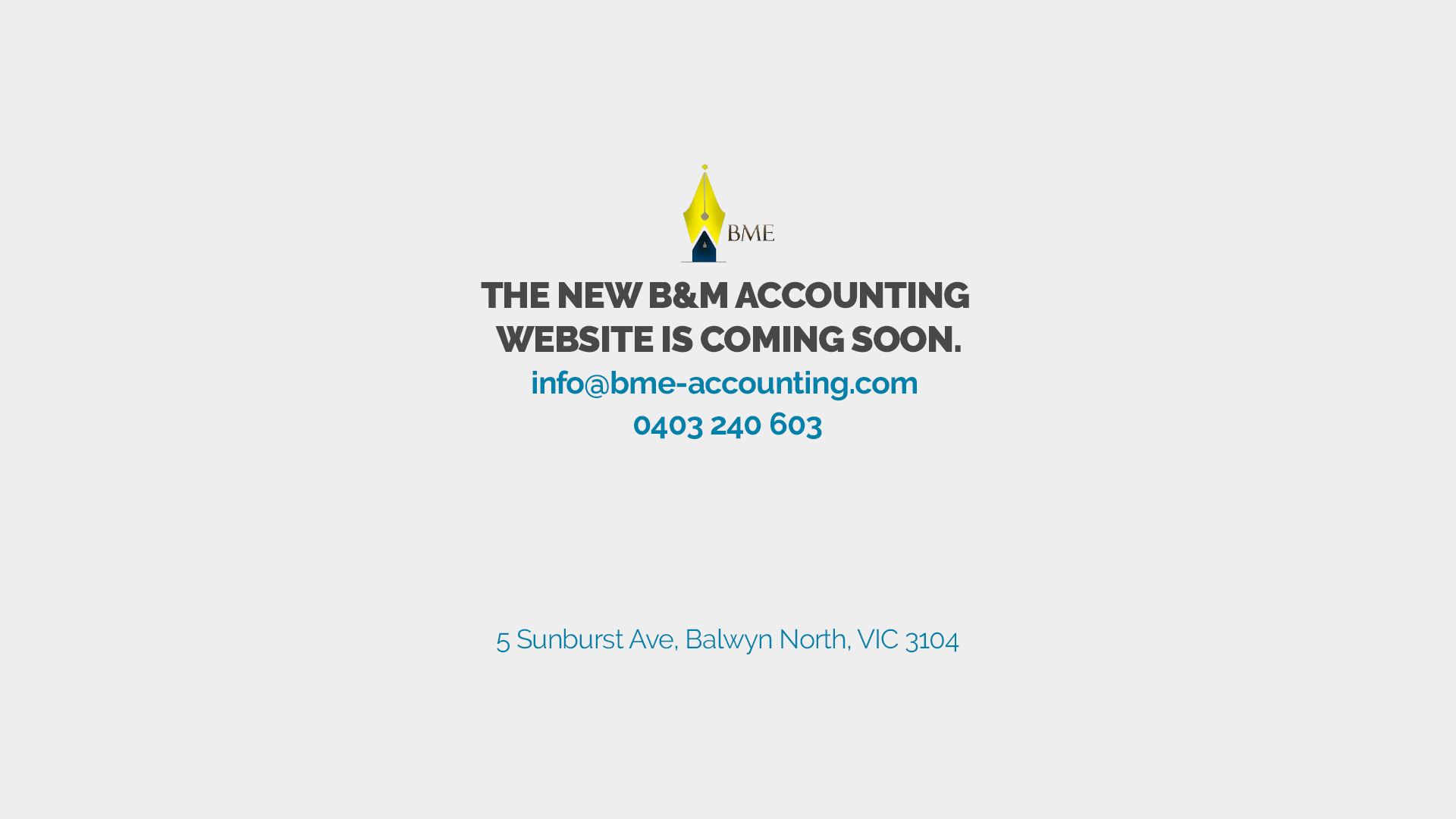There is often a belief that when you operate a business it is easier to claim tax deductions. This is not the case. The rules that decide whether an item is tax deductible are the same whether you are in business or employed. Claiming a tax deduction for motor vehicle costs is a good example of how the rules are the same.
Those rules are also some of the most complicated that taxpayers and business owners have to contend with. There are however some basic guidelines that when followed can make the job maximizing a claim for a motor vehicle costs easier.
The first point that needs to be clarified is what vehicles are not covered by the deduction rules. They are any vehicles designed to carry more than 8 passengers or a load of 1 tonne or more. In limited circumstances panel vans, utes and taxis of less than 1 tonne will also not be covered by the tax rules for cars. For this to happen they must only be driven, other than for business travel, between a persons place of residence and their place business and where private travel is minor, infrequent and irregular.
A Ute that is only used to drive from home to a place of business, and then used for business purposes, would not be covered by the deduction rules. A taxi driver that used the car on a daily basis to drop children at school, then used the car for producing assessable income, would be caught by the rules.
There are 4 main methods for claiming car expenses. They are the kilometre method, the 12% of original value method, the one third of actual cost method and the log book method. What will produce the greatest tax deduction will depend on how many business kilometres are driven a year and how many kilometres in total are driven in a year.
To work out what is the best method a rough estimate should be made of what your business travel is as percentage of total travel. Business travel does not include driving from home to work and return and any travel that is for private purposes. It does include driving from home to a business appointment then to work, driving from work to a business appointment then home and any travel on business from work.
When the vehicle is used to carry bulky tools or goods from home to work this travel can classed as business travel. Examples of this are a retailer that stores goods at home and then transports them to their shop, a salesman that must carry a wide range of samples with them at all times a carpenter that carries a compressor and other equipment in the back of a ute or a station wage.




